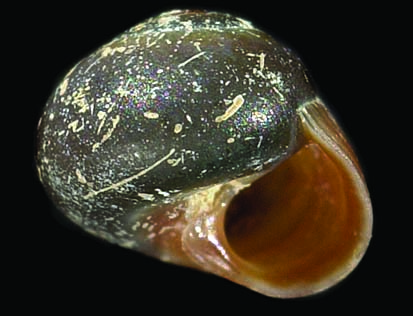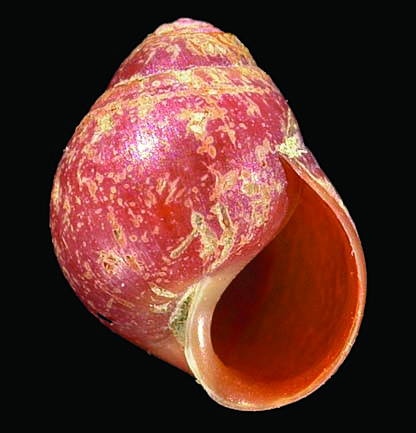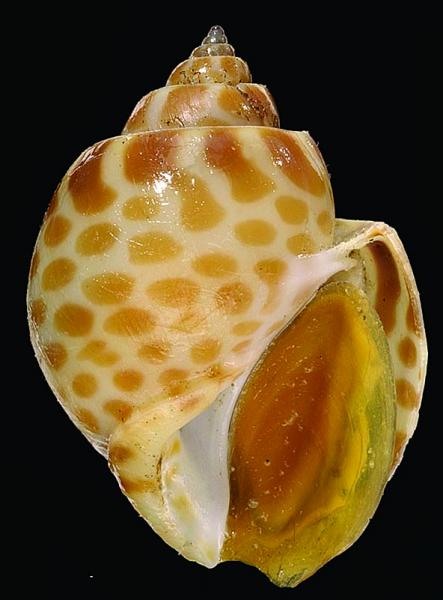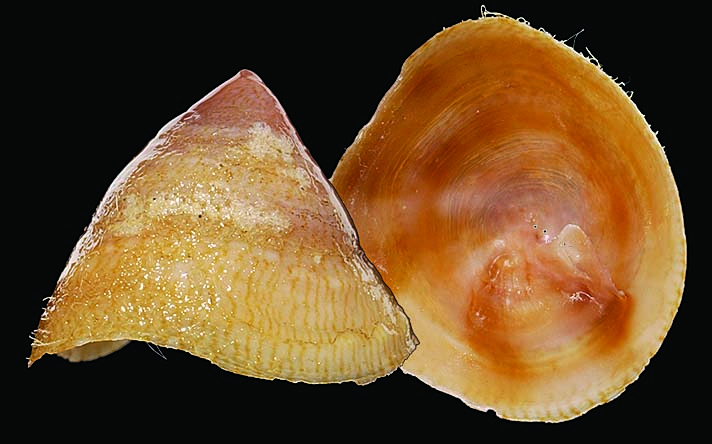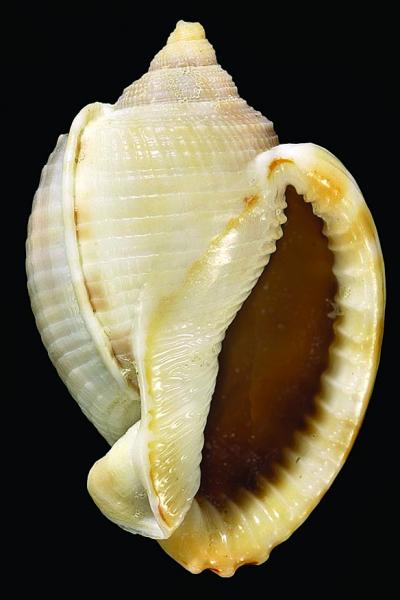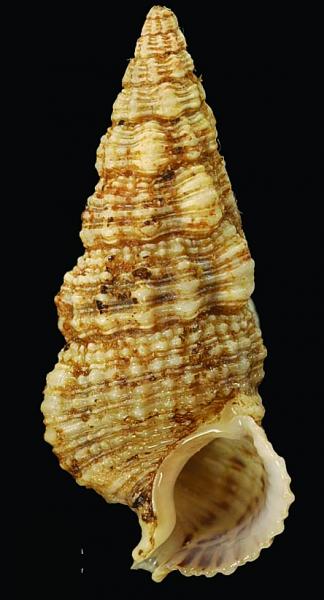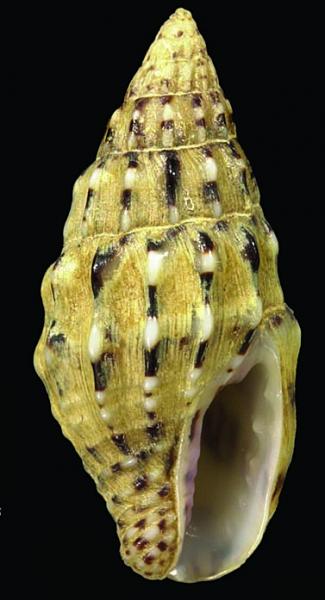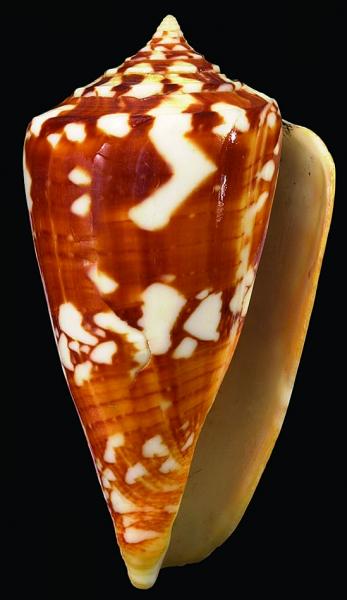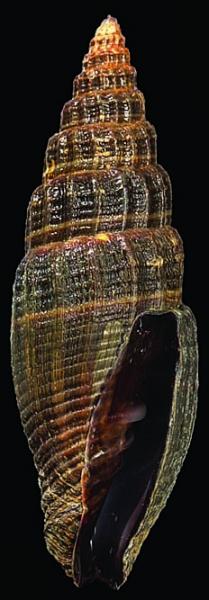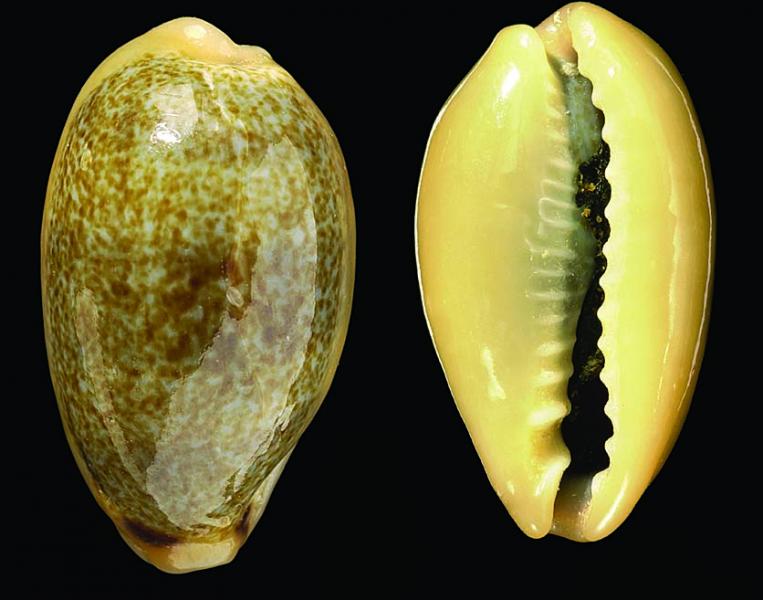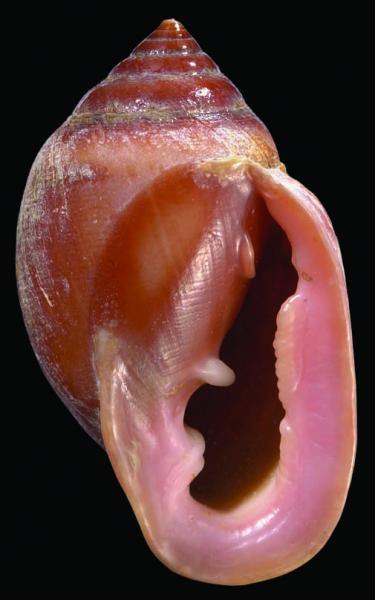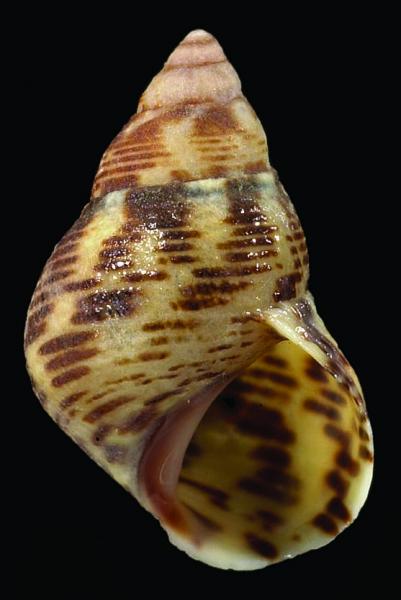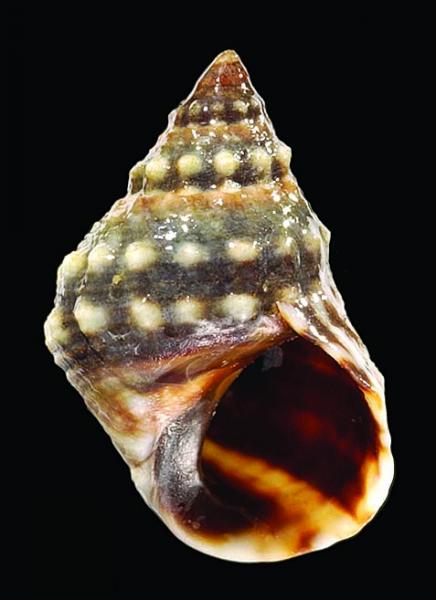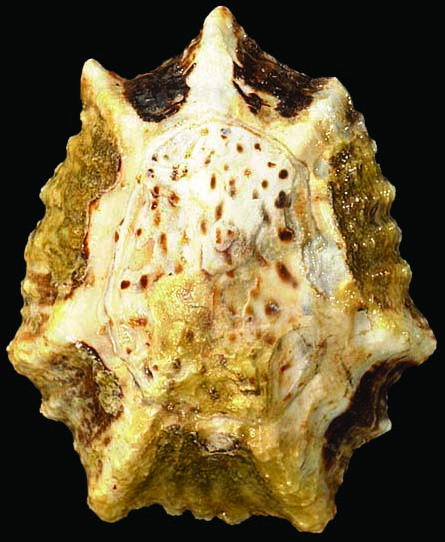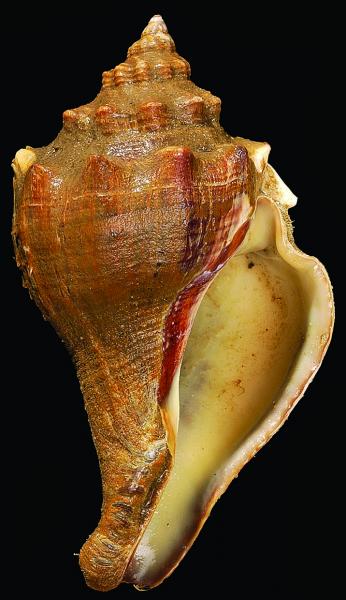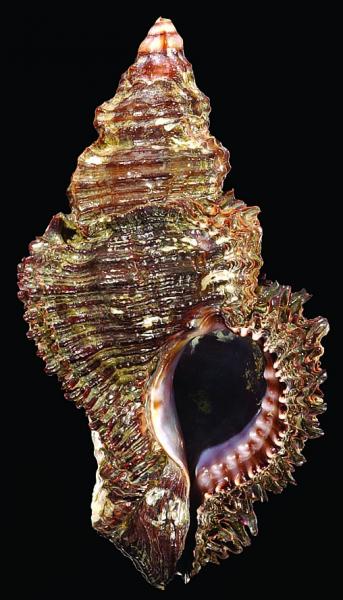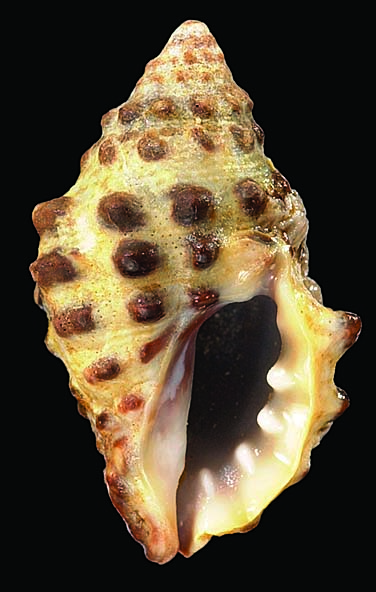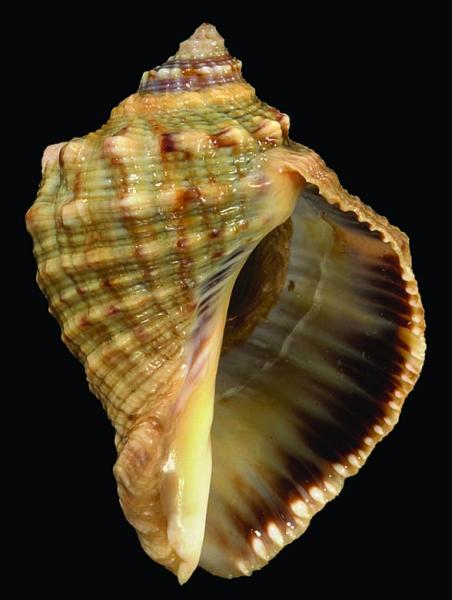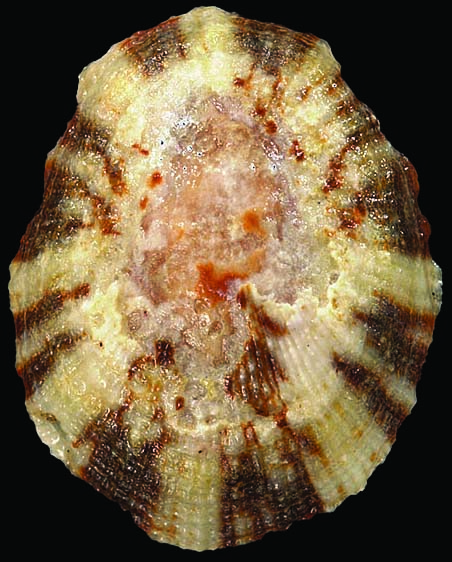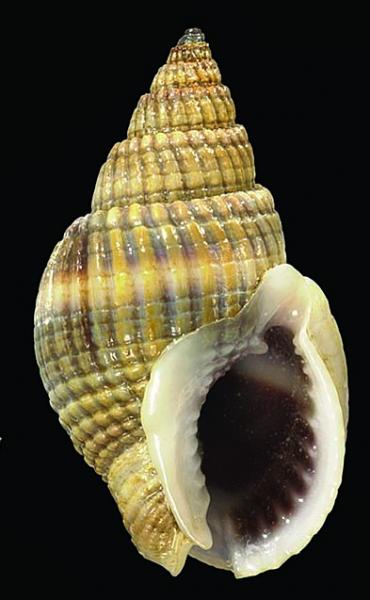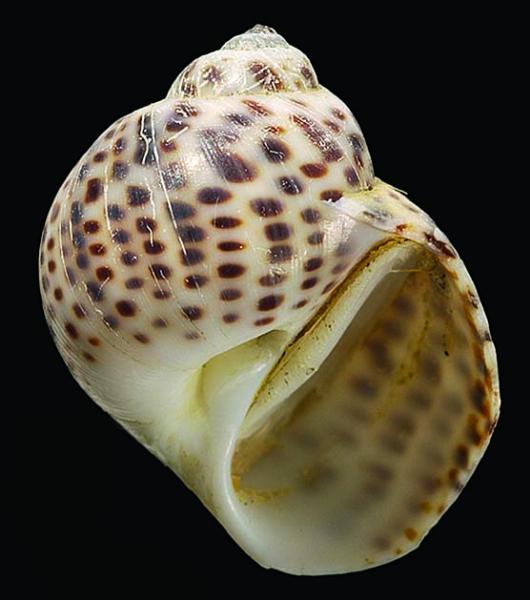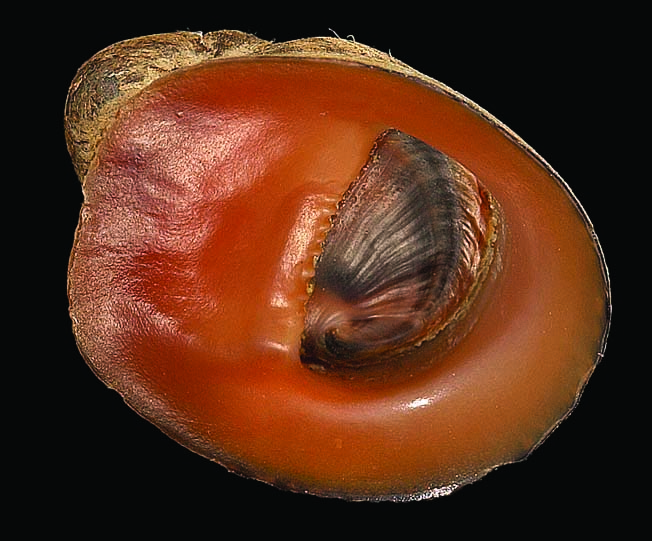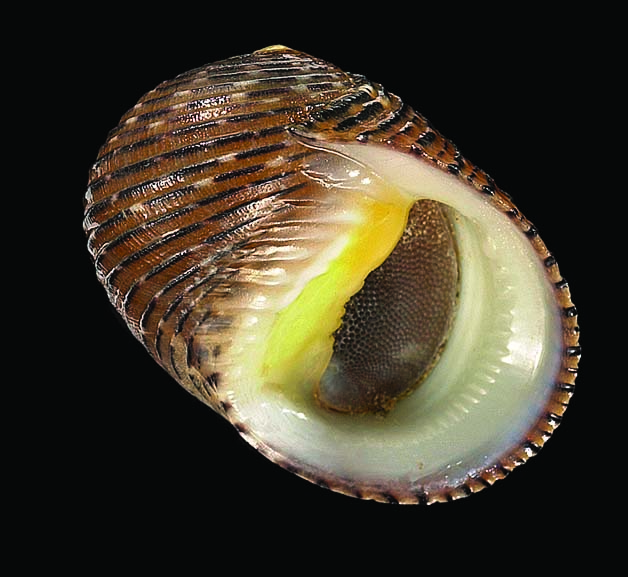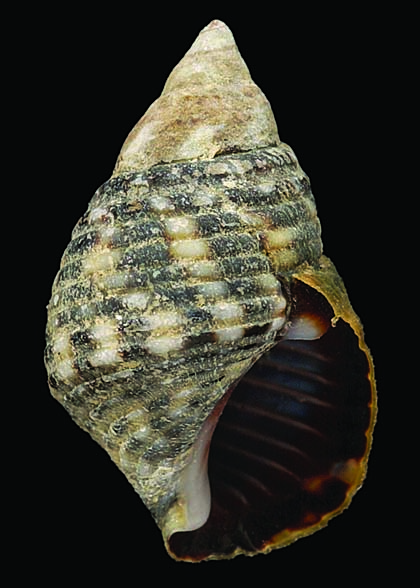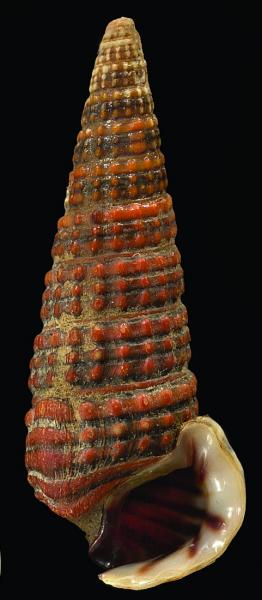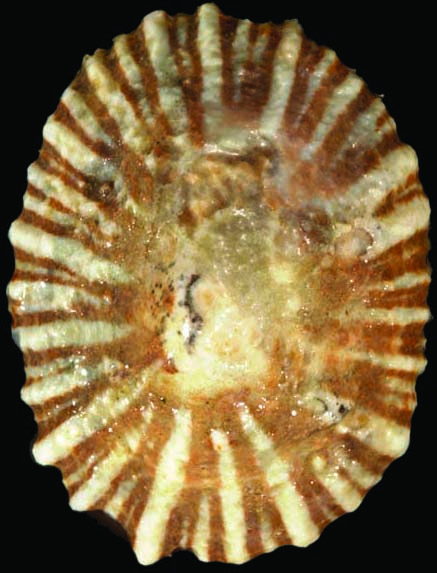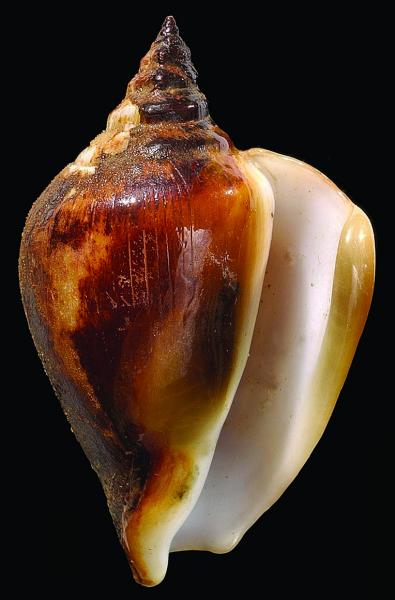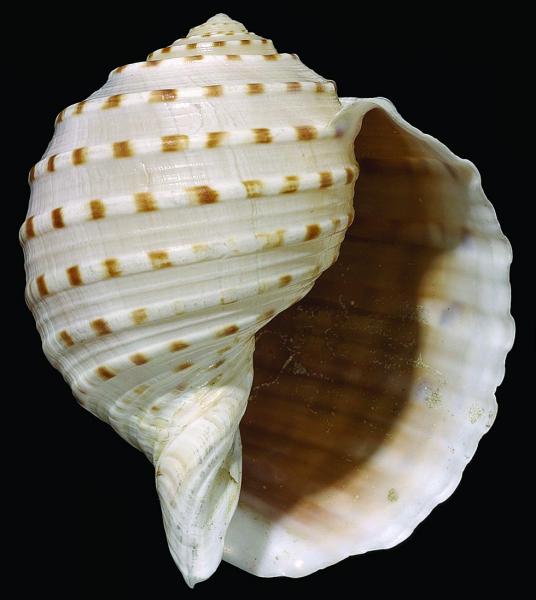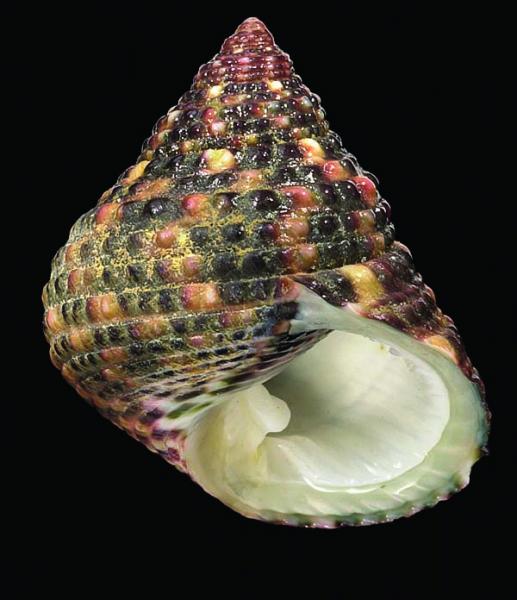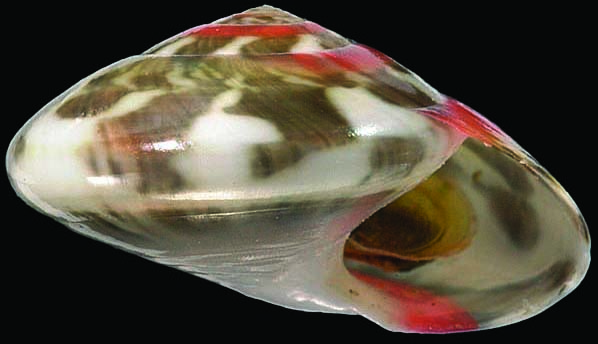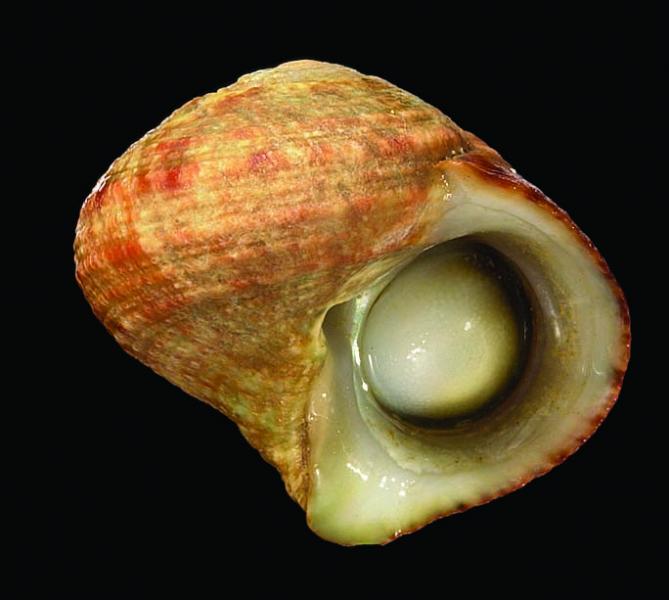Most gastropods are recognisable by the coiled shell. The animal usually has a distinct head with tentacles and eyes, with a muscular foot with often a horny or calcareous operculum attached. Internally, a prominent feature is the radula, a ribbon of small teeth, which is the main feeding organ. In some gastropod lineages the shell is reduced or absent and the animals have a more or less bilaterally symmetrical slug form.
Gastropods are present in most marine habitats from the highest intertidal of rocky shores and mangrove trees to burrowing in subtidal muds. Most species are mobile foragers but a few species are more or less permanently sedentary or cemented. Although, the most conspicuous gastropods are the epifaunal species of rocky shores, many other species live burrowed into sand and mud. A large number of gastropod species are small (less than 5mm) and many inhabit crevices or live interstitially within the sediment.
As well as occupying a wide range of habitats gastropods exhibit an enormous diversity of feeding specialisations ranging from; algal grazing; deposit or suspension feeding; coprohagy; carnivory on encrusting and sedentary animals such as sponges, corals and ascidians; and predation of a wide variety of invertebrates including polychaetes, barnacles, other molluscs, echinoderms and even small fish. Additionally, there are many gastropod species that are epi- and endoparasites of echinoderms, polychaetes and bivalves.
Gastropods are very diverse and enormously varied in size, shape and sculpture with much convergence of shell features so that identification is often difficult. Useful characters for identifying gastropods include: overall shape of the shell; length of spire; shell sculpture (ribs, spines, cords, tubercles), size and shape of the aperture; presence or absence of anterior or posterior canals to the aperture; presence or absence of apertural teeth. However, identification using shell features alone is often difficult and it is often necessary to supplement these with anatomical characters such as penis morphology or the number, arrangement and shape of the radular teeth.

